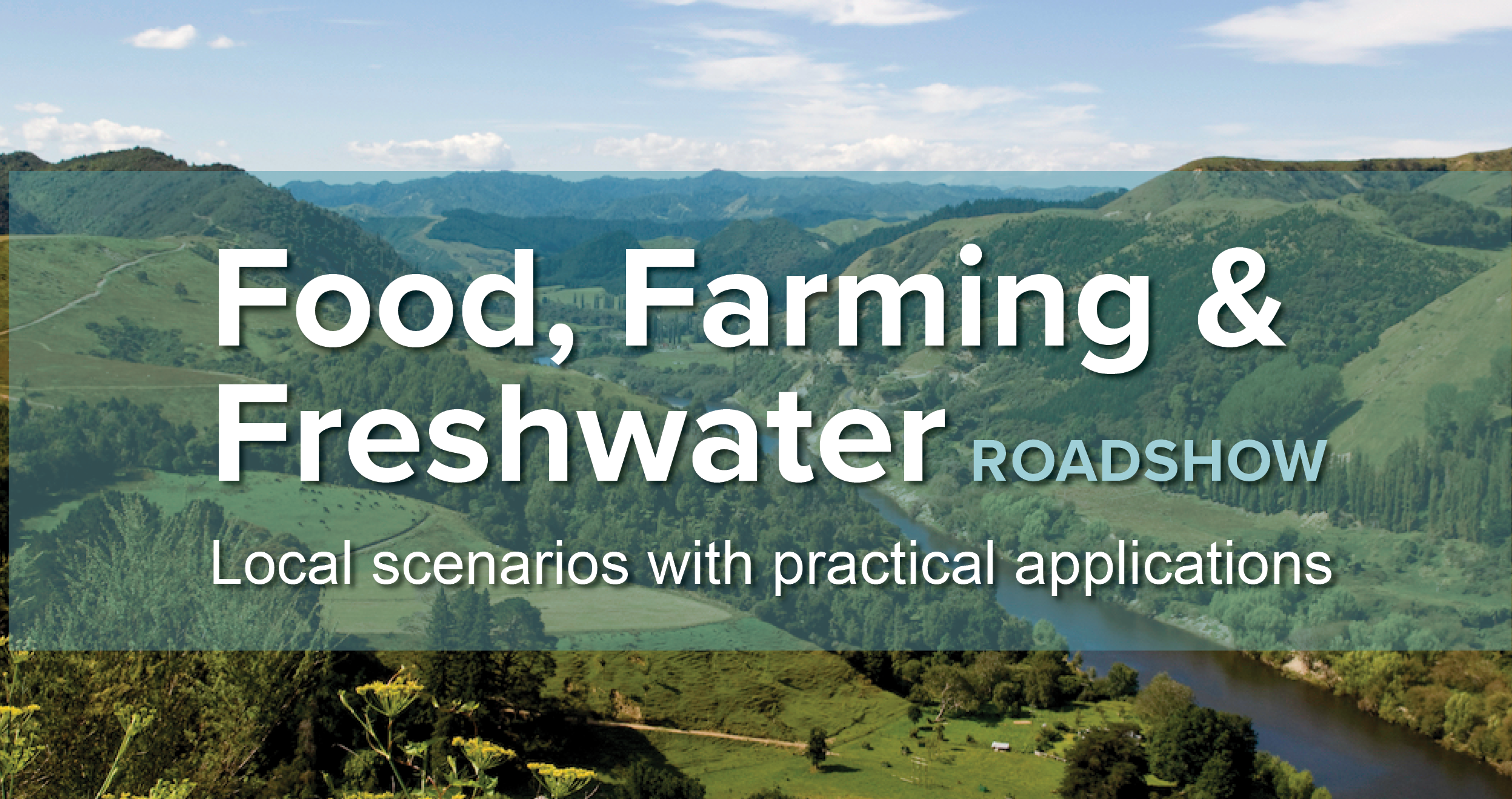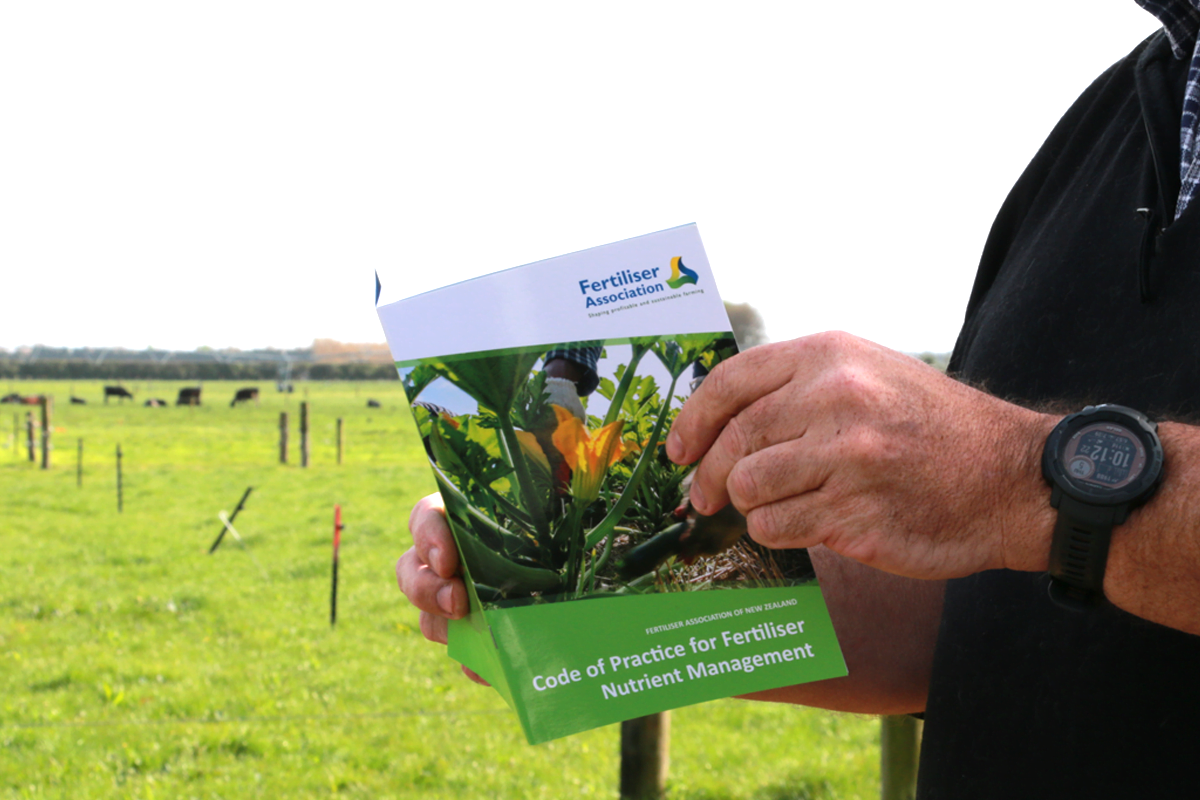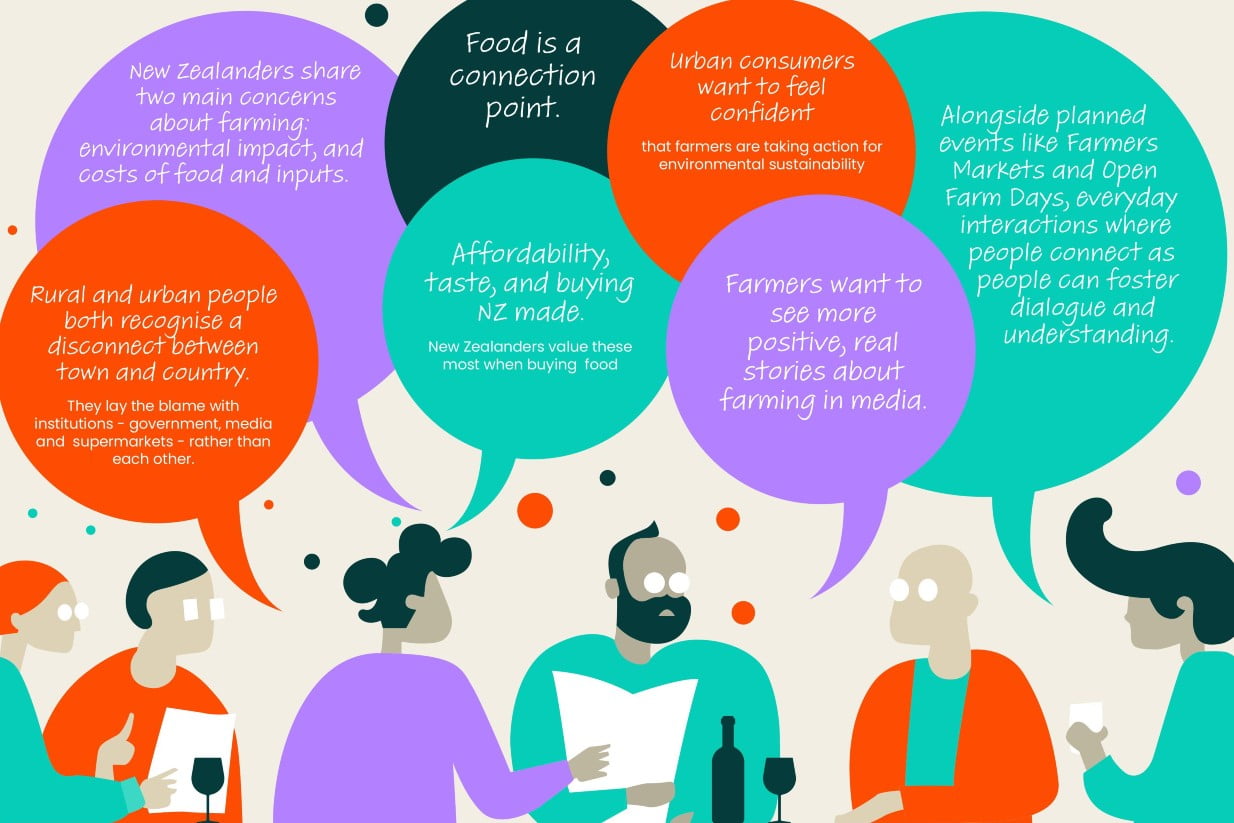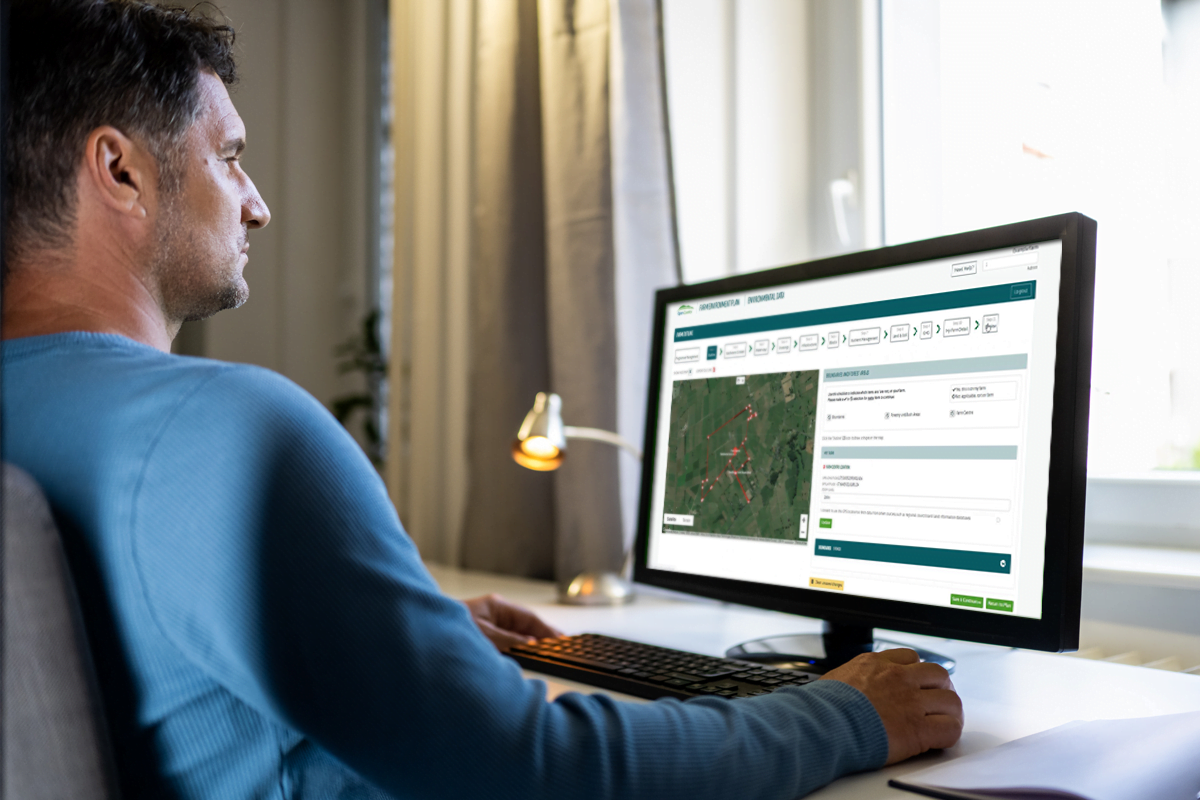Rethinking the Whenua Around our Cities Could Help Turn the Table on our Food Crisis
By making the fertile land surrounding our cities more sustainably productive, we can improve our food, housing and wellbeing all at the same time.
As Aotearoa’s population grows, food and housing are currently ‘competing’ with each other for land space. This sees the urban sprawl of expanding cities eating up the best whenua for food production.
Instead, we could design our green spaces differently to provide both areas for local food production and new housing, shows new research from Our Land and Water-funded project Peri-Urban Potential.
The research, a collaboration between Lincoln University and BECA, investigated innovative ways of making peri-urban whenua (semi-rural land surrounding a town or city) more productive while also benefiting locals, including Māori communities.
“We're one of the most urbanised countries in the world. We now have 85 percent of New Zealanders living in urban areas, while 100 percent of our food is produced in the rural area. Then we have this kind of ‘void’ in between, which is the peri-urban zone,” says project lead Shannon Davis, who is a senior lecturer in the School of Landscape Architecture at Lincoln University.
“You could look at the peri-urban zone as being quite negative, as in, it's not ‘doing’ anything, it's not functional land. But we found that it has this incredible potential.”
Listening to the land users
Davis and her co-researchers surveyed residents and people who farm on the outskirts of Ōtautahi Christchurch to get a better understanding of how they feel about the idea of being close neighbours in the peri-urban space.
The research found a strong desire to better connect food producers and consumers by growing food for locals on the land surrounding our cities, including māra kai and mahinga kai. Nearly all residents were keen to have food grown close to their homes. Likewise, most people who farm said they valued being closer to their customers.
The findings also showed that urban New Zealanders are concerned at their lack of easy access to locally produced food and want to eat affordably food produced ‘over their back fence’. Aotearoa New Zealand produces enough calories per year to feed 40 million mouths, of which most is exported. Yet much of the food urban New Zealanders eat is imported and therefore affected by global crises such as war, disease and climate change.
Designing a multipronged solution
Davis and her co-researchers used the findings to design five different combinations of food-growing and housing areas for peri-urban whenua. They shared these five designs with the survey participants and asked them to evaluate the pros and cons of each scenario. Participants were then asked to rank them, from most to least desirable. The most favoured scenario included a publicly accessible mixed-use greenbelt with food gardens, fruit trees, farmers markets and sports fields. The lowest-ranking scenario was farms connected by ‘corridors’ of high-density housing.
“What it boiled down to was they liked the fact that the greenbelt scenario was publicly accessible and offered multiple functions and benefits. So, it wasn't just housing or just food production. It was recreation, it was biodiversity and it was flood management. But their preference for this could also just be that they’re more familiar with the idea of greenbelts, so we’d need to do more research to pin down the why for preferring this.”
Five ways to reinvent peri-urban areas
Residents and people who farm on the outskirts of Ōtautahi Christchurch were asked to rank five different peri-urban designs. The diagrams below show the findings of these rankings from least-preferred (5) to most-preferred (1). Use the arrows on the slideshow below to explore all five scenarios.
Thinking beyond ‘status quo’
The purpose of the study is to help decision-makers, such as local councils and planners, think outside of ‘business as usual’ to provide food and housing in ways that benefits both urban and rural communities simultaneously.
Davis also points out that mana whenua and other Māori communities have a lead role to play in asking ‘what does the land want to be?’ as part of future land-use research and planning for the peri-urban zone.
“Applying a Te Ao Māori lens will help ensure that communities, whenua and te taiao all thrive in our future peri-urban zones,” she says.
Building on good foundations
Davis says that she and her co-researchers intend to use this study’s findings to investigate the question “Can cities in Aotearoa New Zealand feed themselves?” as part of future research.
Urban residents’ access to food can make or break how resilient urban communities are in the face of severe weather, natural disasters and other major events. The researchers will be looking at foodsheds (an area supplying a specific city, town or community with food) as one way of keeping our nation well-fed during crises.
More information:
- Peri-Urban Potential research page
Author
One response to “Rethinking the Whenua Around our Cities Could Help Turn the Table on our Food Crisis”
Forming strong connections between primary producers and urban-dwellers at local marketplaces is more critical than introducing new forms of zoning on the interface between urban and rural areas. In Aotearoa we need to encourage more interaction between farming and urban communities wherever possible.
 View Our Strategy Document 2019 – 2024
View Our Strategy Document 2019 – 2024









Leave a Reply